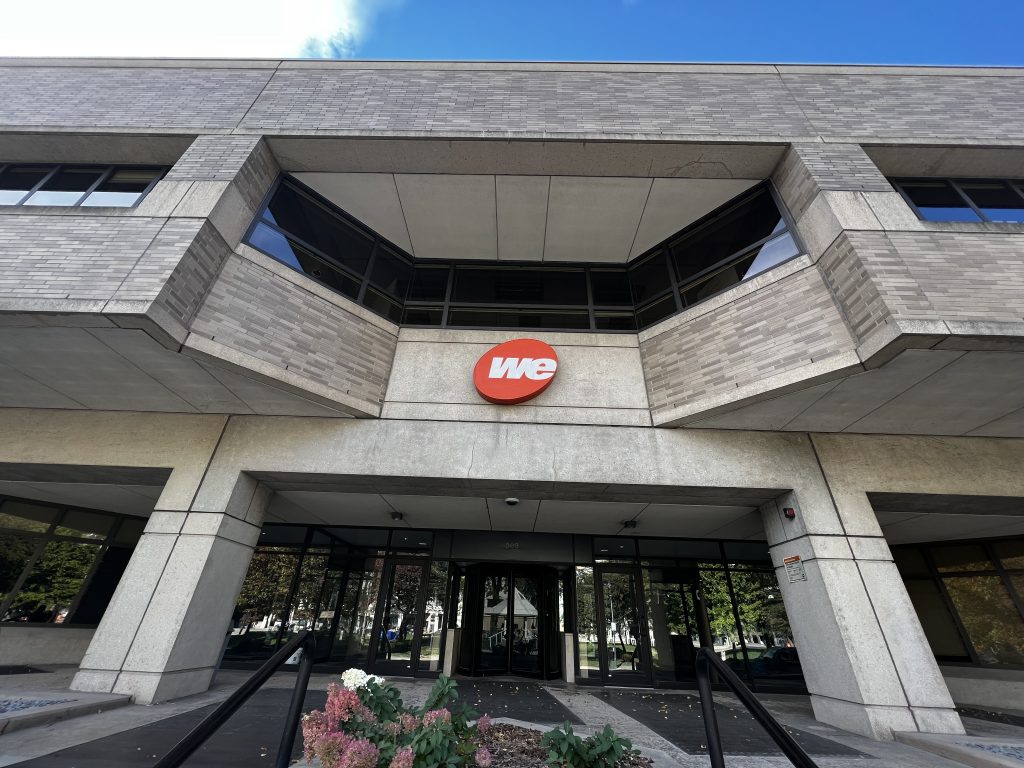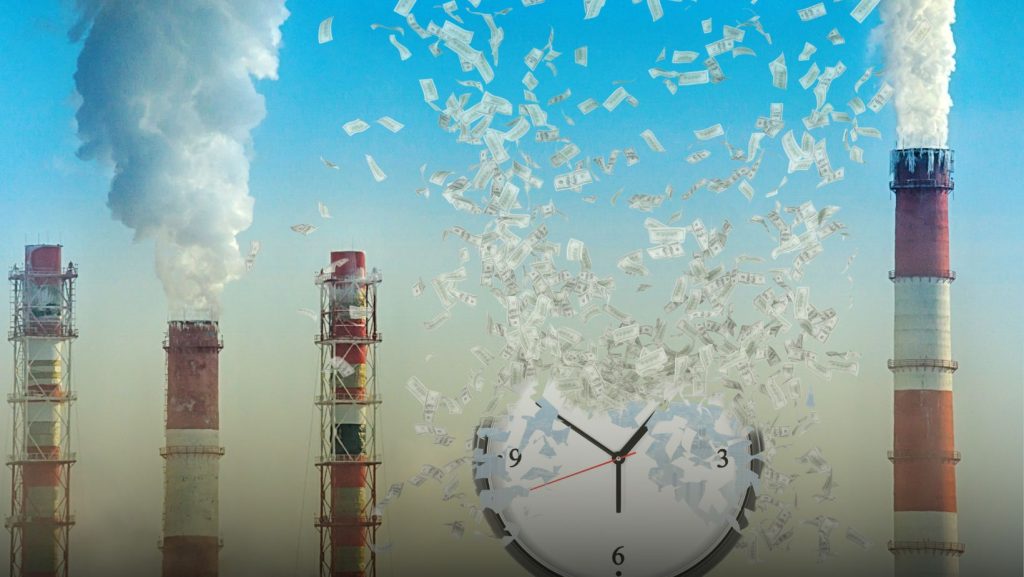Twenty-four years ago, Wisconsin Electric Power Company launched the largest power plant building spree our state had ever seen. Called “Power the Future” it included plans to build five new coal and gas-fired power plants, totaling 2800 megawatts, at a cost to customers of $3 billion, with a 12.7% rate of return for the utility.
Clean Wisconsin’s members, attorneys, and many others opposed this project, pointing out how much unhealthy smog, mercury, and other pollution would pour into Wisconsin’s air and water from these boilers. We also reminded decisionmakers at the Public Service Commission (PSC) that climate change was real, and that coal and gas fired power plants are a major cause of global warming.
However, regardless of health and environmental impacts, the PSC gave Wisconsin Electric the green light to build anyway. Since going online in the mid-2000’s, those coal and gas plants have collectively churned out millions of metric tons of greenhouse gases, ozone-forming nitrogen oxides, and other harmful pollutants.[1] The Port Washington gas plant alone emitted 2,855,764 metric tons of CO2e in 2022.[2] “Natural” gas is often touted as clean compared to coal, but in terms of its contribution to climate change, methane (the main component of the gas we burn for energy) is 80 to 100 times more warming, over 10-20 years, than CO2.
Because of these power plants and other sources, Southeastern Wisconsin continues to experience a significant number of “ozone alert days”—typically hot summer days when ozone levels are dangerous to vulnerable groups: those with asthma, heart disease, the elderly, and children. On those days, people are warned to stay inside and avoid exertion if they do go out. The 2020 Wisconsin Burden of Asthma Report lists Milwaukee County as the number one county in Wisconsin for asthma emergency department visits, with Racine and Kenosha Counties not far behind.[3]

Fast forward to 2024: In a new filing to the PSC, We Energies announced its plans to build over 3,000 megawatts of new gas-fired power plants, at a cost to customers of “billions.”[4] They attempt to justify the added pollution and enormous cost of all this by claiming that they need to build more gas plants so that they can build more solar and wind farms. This statement’s misleading logic hinges on a common misconception about renewable energy. It suggests that clean energy is unreliable due to the mistaken belief that solar and wind power require constant, visible conditions, such as the sun always shining and the wind always blowing. What they know, but don’t say is that the electricity we use in Wisconsin flows across a regional and national grid, and the wind and sun are always generating power somewhere. And they could be generating a lot more right here in Wisconsin.
A quick look at countries that seriously invest in renewable energy makes it clear that the purported need for gas is a myth. For example, European countries with climates similar to Wisconsin now rely on renewable energy for most of their energy needs. In Germany, 52% of electricity comes from renewables, while Norway and Austria, at 72% and 84% respectively, do even better. Wisconsin, on the other hand, generates only 10.1% of its power from renewable sources. We have a very long way to go before we’ve maximized the potential to power Wisconsin’s future with low-cost, emission-free energy sources, and building more dirty, expensive fossil fueled generators is heading in exactly the wrong direction—for our health and for our planet.

